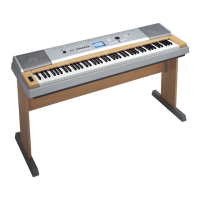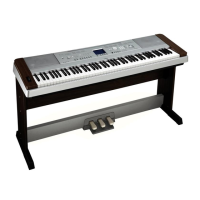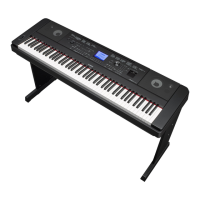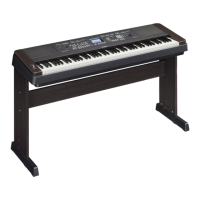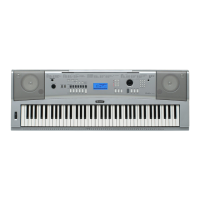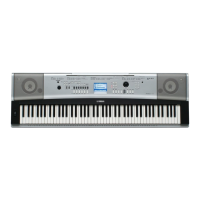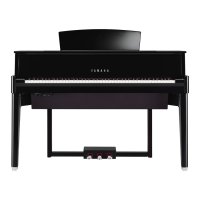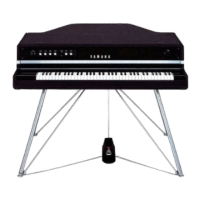Why does my Yamaha Musical Instrument sound cut off?
- LLauren GreenSep 12, 2025
If not all the voices seem to sound on your Yamaha Musical Instrument, or the sound seems to be cut off, remember that the instrument is polyphonic up to a maximum of 64 notes. If you're using Dual voice or Split voice along with style or song playback, some notes/sounds may be omitted.
